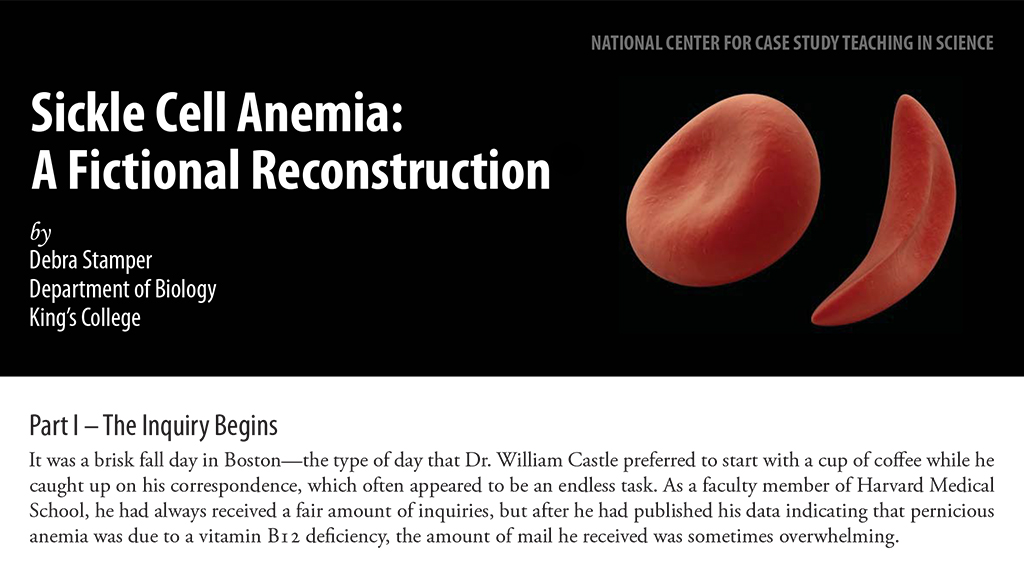Abstract
In this case study on sickle cell anemia, students are introduced to some of the key researchers responsible for determining the molecular basis of the disease and learn about the functioning of erythrocytes as well as the notion that changes in the environment can influence the functioning of cells. Students also become familiar with the process of osmosis and how it can influence the sickling of the erythrocytes. Throughout the case, students must address experimental design questions. The case was designed for use in the first semester of an introductory majors biology course.




